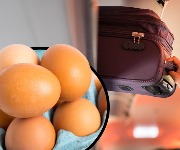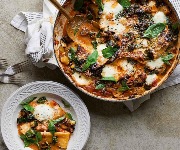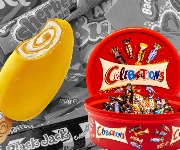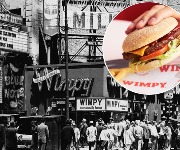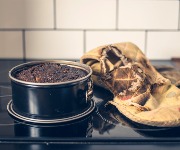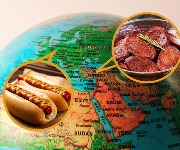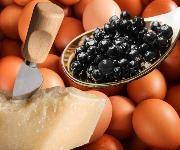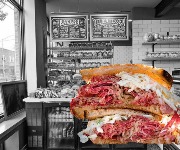The shocking amount of sugar in our everyday food

As the debate on a sugar tax continues, we look at surprising foods that contain a large amount of sugar.
Easy access to sugar has turned what was once a luxury into an everyday – or even an every meal – expectation. While sugars are found naturally in the likes of fruit or milk, it's what’s added to our food by manufacturers that's most damaging. Here are some examples.
How much sugar is too much?
The recommended daily amount (RDA) depends on gender, age and country. In 2014, the World Health Organization (WHO) said the daily allowance should be halved to six British teaspoons, or about 5% of a person’s daily calorie intake. Yet the average sugar intake in North America is 95g a day and in Europe it's 101g – that’s 24 and 25 British teaspoons respectively.
And it’s not as easy as simply avoiding the obvious culprits, such as cakes, chocolate and fizzy drinks. The following foods contain high amounts of hidden sugar.
Bread
Shop-bought (commercial) bread contains more sugar than home baked or even the local bakery alternative. Depending on the brand, expect to find more than half a teaspoon in a slice of shop-bought bread – that’s one teaspoon of sugar in your sandwich before you’ve even factored in the filling.
Cereal or protein bars
Often eaten as an alternative to breakfast, and generally regarded as a healthy snack, cereal and nut bars often contain more teaspoons of sugar than a chocolate bar – although some of this sugar may be natural.
Coleslaw
If you buy, rather than make, coleslaw expect to find around 2.5-3.5 teaspoons of added sugar in this supposedly wholesome side dish.
Dried fruit
Some dried fruits have sugar added to tone down their natural tartness – cranberries, for example, or cherries and mangoes. To avoid getting caught out, read the label before you buy.
Ketchup
Next time you smother your chips in ketchup be aware that you’re adding around one teaspoon of sugar to a savoury dish.
Pasta and stir-fry sauces
Ready-made sauces need to have a long shelf-life and sugar acts as a preservative, but it means consuming more of the white stuff that you just don't need. Examples include Ragú – a jar of Tomato & Basil Pasta Sauce has around three teaspoons of sugar in it. To avoid such a hefty helping, make your own.
Salad dressings
Drizzle the likes of Heinz salad cream over your healthy salad and you may as well be sprinkling more than half a teaspoon of sugar onto your meal. Look for sugar-free dressings, or make your own.
Ready meals
A 2007 study by UK consumer champions Which? found that some savory ready meals sold in British supermarkets contained more sugar per 100g than vanilla ice cream.
Tinned soup
A 300g tin of Heinz classic tomato soup has nearly four teaspoons of sugar in it – two-thirds the revised suggested daily amount.
Baby food
Farley’s Original Rusks are aimed at weaned babies and toddlers, yet a 2009 report by the UK Children’s Food Commission found they contained nearly 30% sugar – more than many adult biscuits, although a low sugar version is now available. In the US, a report from the Centers for Disease Control and Prevention found that 41 of 79 infant mixed grains and fruits contained at least one added sugar. Of these, 35 had 35% of their calories from sugar.
Do you avoid certain foods because of their sugar content? Let us know in the Comments below.
More food for thought:
Food innovations that could change our lives
Boodles, courgetti and other new food creations hitting supermarkets
Most Recent
Comments
Be the first to comment
Do you want to comment on this article? You need to be signed in for this feature
